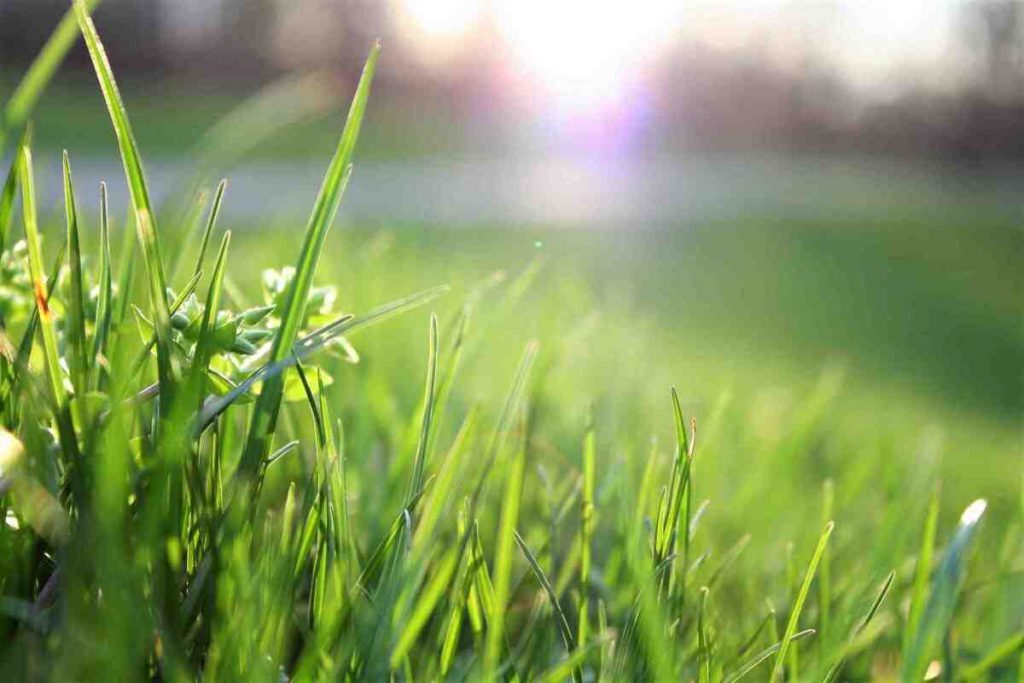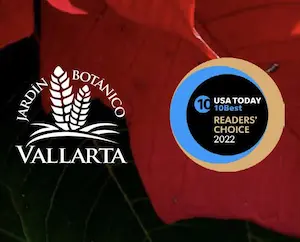Your cart is currently empty!
Looking for good ways to fertilize your lawn organically, as a step in organic lawn care? We’re breaking down everything related to organic lawn fertilizer and how it works.
Did you know that if you rely on synthetic fertilizers, your lawn is not eco-friendly? That’s because they cause environmental damage. Synthetic fertilizers were widely utilized after WWII to boost crop yields. Then their use expanded to home gardens and lawns. But synthetic fertilizer can work against natural soil health.
So, are there alternatives to synthetic fertilizers? How can you get a lush and healthy lawn without all those pesticides, herbicides, and other chemicals? Luckily, seasoned gardeners know an effective and, more importantly, safe solution, it’s an organic lawn fertilizer!
In this guide, we’ve consolidated everything you need to know about organic lawn fertilizer, how it works, and whether it’s really effective. So, let’s get to it!
Table of contents
What Is Organic Lawn Care?
Organic lawn care is the process of caring for your lawn, on one hand, without using synthetic fertilizers, chemical herbicides or pesticides. It’s maintaining a chemical free lawn. On the other hand, you care for your lawn by:
- Focusing on your soil quality, with pH between 6.0 and 6.8,
- by over seeding in the fall,
- Mow conservatively, mow when it’s cooler and don’t cut the grass too short
- Water only when absolutely necessary; water deeply and infrequently
- by using organic treatments,
- Let the insects live; if you don’t see insect damage, leave them alone.
- Don’t pick up grass clippings; clippings will break down gradually, adding nitrogen and other nutrients back to the soil
- a willingness to accept certain weeds.
What Is Organic Lawn Fertilizer?
Organic lawn fertilizer is a substance derived from animal or plant sources to feed the grass while providing soil health. It may include the following materials: alfalfa pellets, guano, blood and fish meal, composted manure, feather meal, soybean meal, kelp, grass clippings, etc. You can make an organic fertilizer yourself by collecting compost in your yard or purchase a commercial one.
New gardeners often ask, “Is organic lawn fertilizer safe?” Well, if you make it yourself, you know what you put in it. But if you choose to buy lawn food, pick only reputable brands from reliable garden centers and read labels. The best organic lawn fertilizer is completely safe for kids and livestock. You can utilize it near ponds, lakes, and other waterways.
Benefits of Organic Lawn Fertilizer
- Organic materials take longer to break down, so you’ll apply fertilizer less frequently.
- It doesn’t overstimulate plant growth.
- Organic fertilizer doesn’t cause burns in plants if over-applied.
- It builds soil fertility.
- High-quality lawn food encourages essential soil microorganisms and earthworm populations that help to improve the structure of the soil.
- It provides consistent feeding of nutrients and much better root growth.
- Plants become less susceptible to diseases and harmful insects.

Disadvantages of Organic Lawn Fertilizer
Although we are organic-goers, we must admit that these products have their drawbacks. Here they are:
- Some organic lawn fertilizers are stinky
- Organic lawn food works at Mother’s Nature speed, meaning it may be slow to decompose, therefore you won’t see immediate results.
- If you have been using synthetic fertilizers for years but decide to switch to organic products, expect a transitionary period. Give up the near-instant green-up gratification that comes with chemicals! It’ll take months or even years to completely change over to organic lawn care and see good results.
Despite these disadvantages, we know why we choose organic fertilizer – it helps us be healthier and lighter on the planet!
When to Feed your Lawn?
You can feed your lawn with organic fertilizer all year round! While over-applying chemicals cause burnt patches and can pollute soil and nearby waterways, organic lawn food rarely burns the grass and is completely eco-friendly. The consequences of over-applying organic products are only related to the cost of excess fertilizer.
So, the only thing you should do is select the right type of organic fertilizer for each season:
- Organic lawn fertilizer for spring should include calcium to strengthen the lawn and protect grass from diseases. As this type is slow-release, it produces nitrogen gradually and provides long-lasting nutrition. Apply spring lawn fertilizer in late May or early June, this way your grass will use it during the summer.
- Organic lawn fertilizer for summer should be fortified with non-staining iron, it’ll help to maintain your lawn emerald green and prevent it from becoming yellow. Apply lawn food a second time around in early July.
- Organic lawn fertilizer for fall should contain potassium, it’ll help the lawn to recover after summer, let your grass store nutrients in its roots, and promote spring greening. Useitinearlyfall.
- Organic lawn fertilizer for winter is also called a lawn winterizer and should contain nitrogen and potassium to help the lawn recover from summer drought and survive winter.
Tips on Organic Lawn Care
Does organic lawn fertilizer work? Yes, it works great, however, be sure to use the following tips to achieve the best results:
- Do a soil test before applying any fertilizer. It’ll show you what nutrients your soil is lacking and what type of lawn food it needs. Test your soil pH, which needs to be between 6.0 and 6.8.
- Aerate the soil — it’ll reduce ground compacting and make enough space for grassroots.
- Mow the lawn before applying fertilizer.
- Water the lawn after you apply the solution.
- Use organic lawn fertilizer before you see the grass is looking bad.
- If there is some fertilizer left, store it sealed in a dry, cool place.
Here is information on fixing dry patches on your lawn.
Conclusion
Organic lawn care is a soil-based approach, which means that we feed the soil, not a plant, then enriched soil feeds pants. Such an approach allows enjoying a landscape filled with beautiful emerald-green grass, but more importantly, it’s safe for you, your kids, and your pets.
Hopefully, this guide will help you build a healthy and lush lawn!
Author’s Bio:
Rachel Hudson has a strong background as a constructor, now she’s a dedicated homemaker and a mother to 2 kids. In her spare time, Rachel writes posts related to home improvements and gardening, she enjoys sharing her experience through the writing.
Share with Family and Friends
Featured Authors
Visit a Botanical Garden For Unique Experiences.
Comments
Logging in to comment gives you more features, but it is not required.
Subscribe
0 Comments
Oldest













